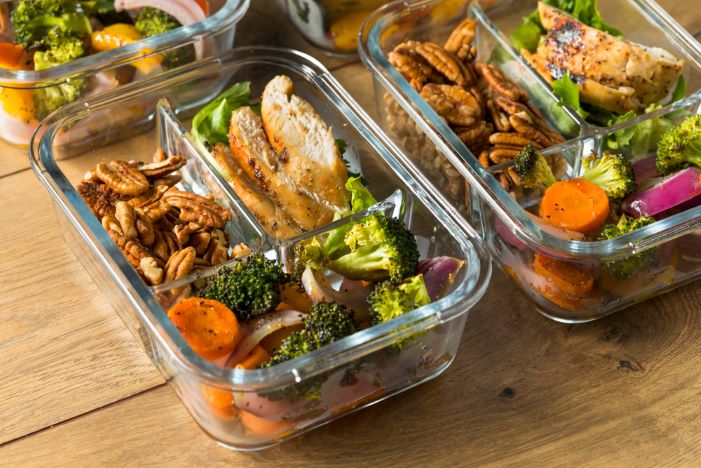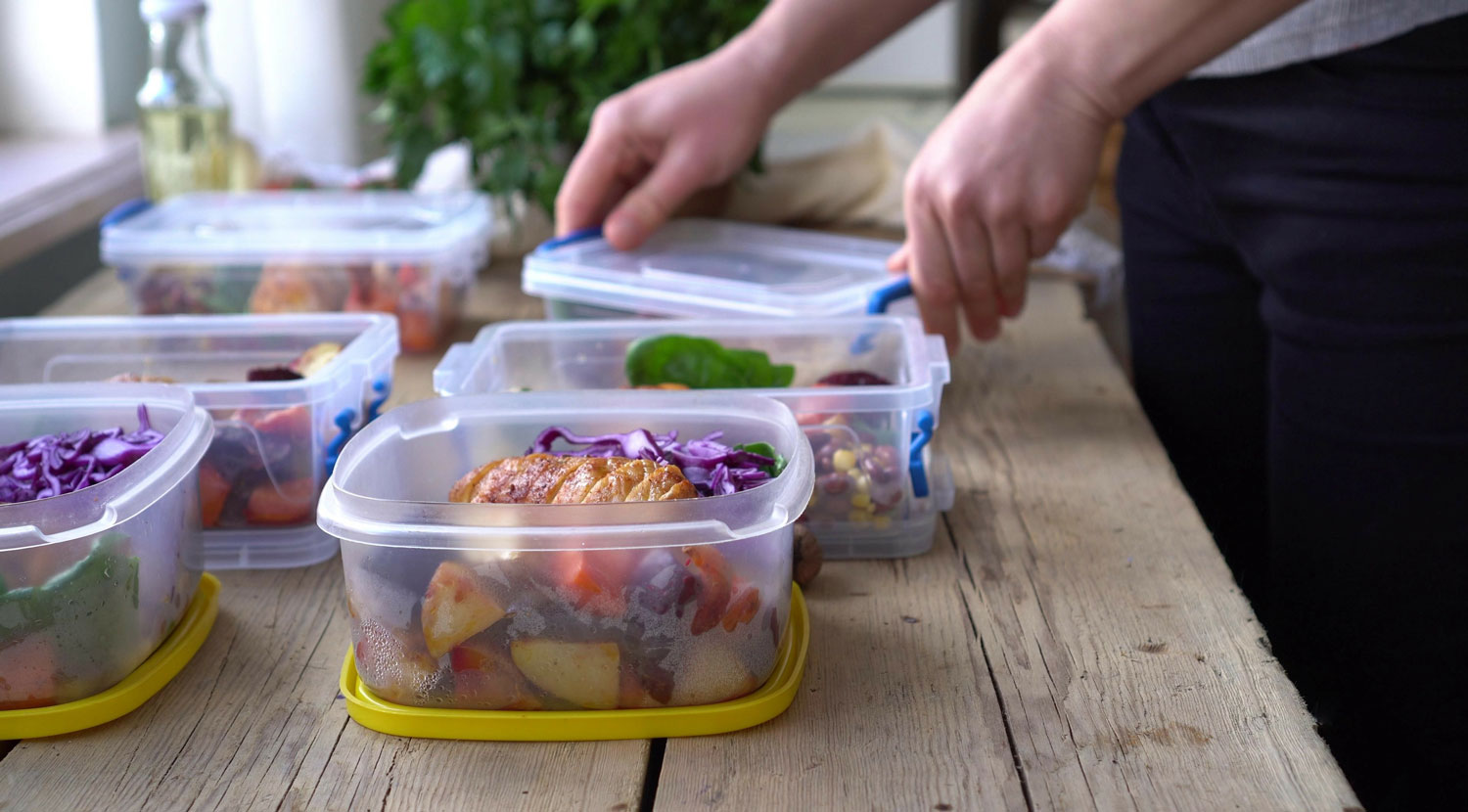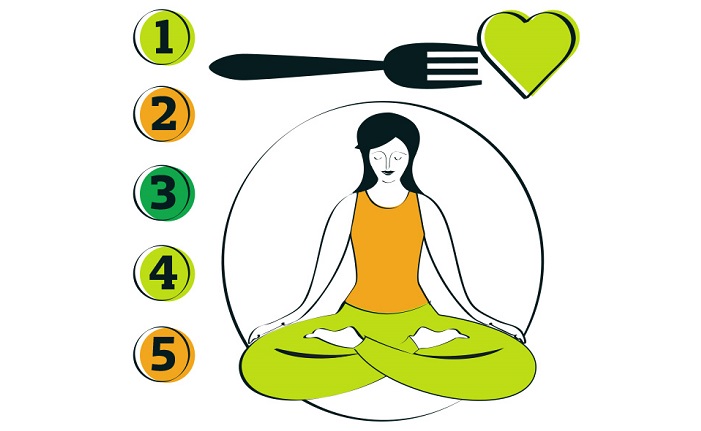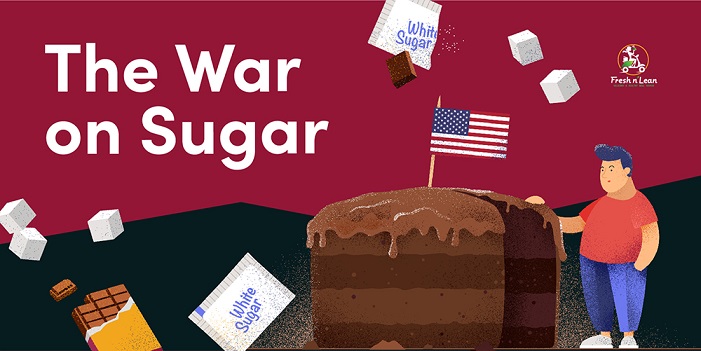Low carb dieting.
It’s a big trend in the nutrition world lately, touted by many as one of the most effective ways to lose weight and live healthily.
But what does it involve exactly? And who is it potentially beneficial for?
That’s exactly what we’re going to explore today.
Let’s take a look at low carb meal prep and how to do it right.
Table of Contents
Back to Basics: What Are Carbs?
Why Are We All So Scared of Carbs?
What Does a Low Carb Diet Involve?
Types of Low Carb Diets
3 Tips for Low Carb Meal Prep
Low Carb Meal Prep Recipes
Back to Basics: What Are Carbs?
To gain a better understanding of low carb eating and to figure out why so many people are swapping their rice and beans for avocados and oils, let’s go back to basics:
Carbohydrate is essentially another word for sugar. We’ve all heard that sugar is bad, but that’s not necessarily always the case. We can split our sugars down into 3 distinct sub-groups:
Simple Sugars
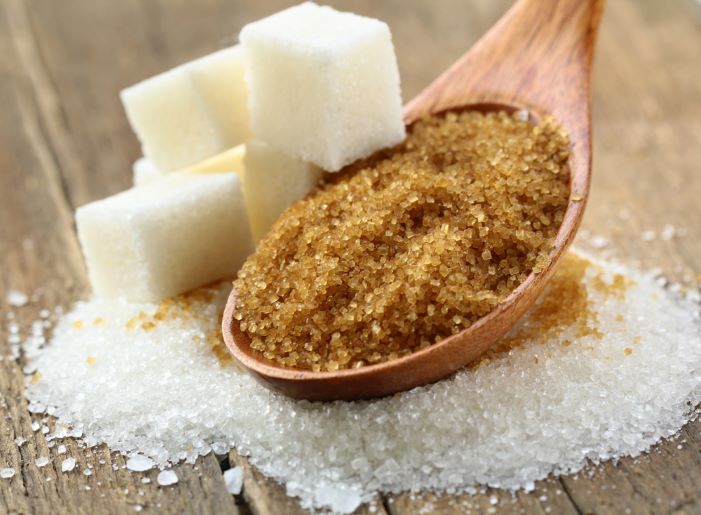
The term ‘simple sugars’ (aka simple carbohydrates) refers to single molecules of sugar, or pairs of sugar molecules bonded together.
- The table sugar we think of when baking cupcakes or sweetening a cup of coffee is a type of simple sugar, sucrose, that is made of two sugar molecules bonded together (glucose and fructose).
- Simple carbohydrates are found naturally in fruits (fructose) and milk (lactose), but they are also isolated and added to processed foods – cookies, baked goods, sauces, soda.
Starch
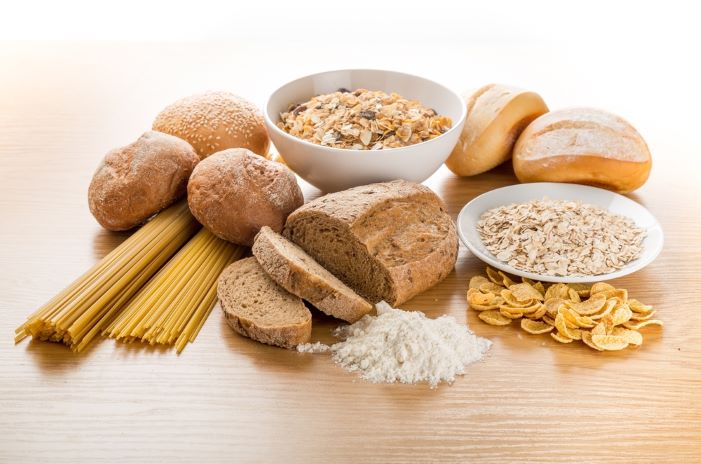
Starch is a type of complex carbohydrate that is composed of long chains of glucose (a type of simple sugar) molecules linked together.
- They’re naturally found in certain starchy vegetables and grains, including peas, corn, potatoes, beans, and rice.
- Whole or pseudo-grains are a recommended source of complex carbohydrates because they contain more fiber and nutrients than the refined versions (which strips off much of the fiber, vitamins, and minerals).
- Some fruits, like bananas and dried fruits (figs and raisins) also contain starches.
Fiber
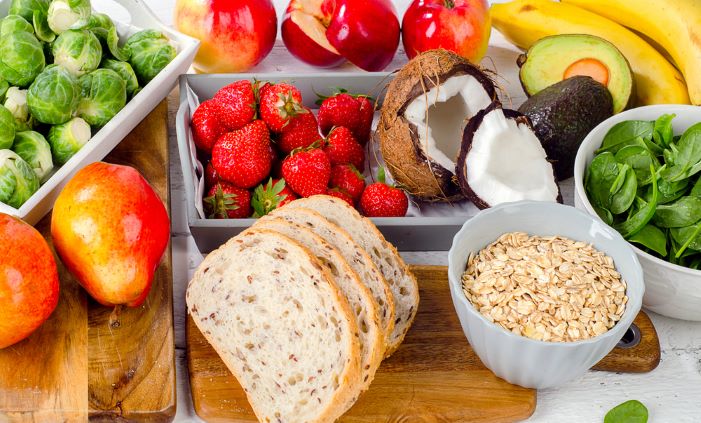
Fiber is also a type of complex carbohydrate that is composed of linked glucose molecules, but in a different way compared to starch which makes it unable to be absorbed into your body. It can be found in food that also contain simple sugars, such as fruits, or starches, such as whole grains.
- Fiber supports the digestive system, keeps bowel movements regular, and helps you feel full without adding extra calories.
- It’s found in abundance in whole grains, beans, fruits, and in non-starchy veggies like carrots, beets, spinach, salad leaves, kale, and broccoli.
Why Are We All So Scared of Carbs?
Why are we seeing such a big trend towards low carb diets? It essentially comes down to this:
Eating too many simple sugars and starches that lack dietary fiber can potentially increase/cause spikes in blood sugar.
A blood sugar spike signals the release of insulin, helping the body return things back to normal. No big deal if the spike isn’t tall, or if the spikes happen infrequently after the odd treat.
But if it turns into a habit, the pancreas can become less efficient in producing insulin, or the insulin receptors in the body more resistant.
In this case, a whole host of negative consequences can potentially occur – chronically high blood sugar, increased fat storage, joint issues and eventually even type 2 diabetes.
Not ideal.
What Does a Low Carb Diet Involve?
The good news is that people who already have type 2 diabetes or high blood sugar can help manage their blood sugar with a low carb diet. It may also benefit anyone else looking to keep their body mass in check and health intact.
In fact, a number of studies over the past 20 years have shown a range of potential health benefits to lowering your carb intake – from weight loss to improvements in cholesterol levels.
It’s important to note that the goal isn’t to get you to fear carbs or cut them out altogether. It’s about moderating your intake to find your sweet spot and being more mindful of the type of carbohydrate-rich foods that serve you best.
Usually, this means:
- Limiting simple carbs/sugars
- Moderating to varying degrees your intake of complex carbs.
- Still eating plenty of non-starchy, fiber rich foods.
How many carbs should you eat?
Whilst there’s no standard definition of a low carbohydrate diet, many people shoot for <130 g carbs/day or <26% of total calories from carbs.
This can vary depending on your activity levels, your goals and the type of low carb diet you embark on.
Types of Low Carb Diets
There are a number of different dietary regimes that fall under the umbrella of ‘low carb’. Here’s a basic overview of the main ones:
The Paleo Diet
- Paleo is based on the idea of eating like early humans (from the Paleolithic era). Whilst the diet tends to be low carb, the focus is more on the the types of foods, not the macronutrient ratios.
- Pros: The emphasis is on whole, nutrient dense foods like meat, fish, vegetables, and fruit, whilst avoiding dairy, cereal products, and processed food.
- Cons: It can be restrictive and costly. Some argue that grains and beans are healthful foods, and eliminating dairy could potentially cause issues with a lack of calcium.
The Atkins Diet
- Popularised by Dr. Atkins in the 70’s, this low carb regime drew in the masses due to the fact that you can eat all your favorite high-fat foods (bacon & eggs anyone?) as long as you cut your carbs to a minimum (less than 20g a day initially).
- Pros: Has been shown in some studies to help with weight loss, and the refeeding phases allow you to bring back some carbohydrates.
- Cons: It’s super restrictive at first, and the onus is on you to make sure you’re consuming healthy fats and not processed foods.
The Ketogenic Diet
- The goal of keto is to enter a state of ketosis, where your body primarily burns fat as a fuel source. It’s similar in many ways to the Atkins approach, usually allowing 20-50g of net carbs a day.
- Pros: You’ll feel full and may lose weight. It’s also possible to do keto on a veggie diet with plenty of healthy plant-matter.
- Cons: Not everyone feels great when they severely cut their carb count. In full ketosis, dehydration and low blood pressure is also something to consider.
What’s the right one for you?
Like many things in life, the truth is, there’s no one-size-fits-all approach. Some might decide to experiment with the above. But if you’re completely new to the idea of low carb eating, starting with a less restrictive approach may be worth considering.
In the rest of this guide, that’s what we’ll take a look at:
How to gradually reduce your carb intake in a healthy way – without placing harsh restrictions on food groups or sticking to a strict carb-count.
3 Tips For Low Carb Meal Prep
Regardless of your dietary preferences, meal prepping is one of the most effective ways of staying organized and on point with your goals.
By setting time aside to batch cook, you can reduce decision fatigue, put healthy eating on autopilot and cut your total time in the kitchen. All sounds good to me.
Here are three simple but effective tips for you to keep in mind whilst you embark on your low carb meal prep journey to maximize your chances of success.
1. Use a Variety of Non-Starchy vegetables
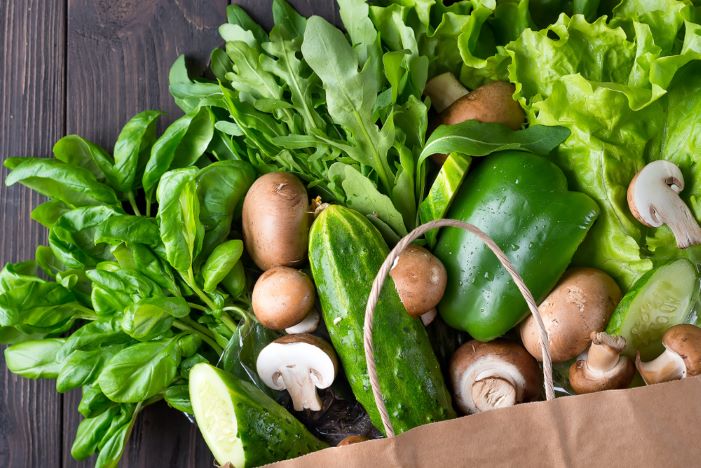
Many experts agree that non-starchy vegetables should ideally make up at least ½ of our plates for each meal.
Why?
As well as being low in calories, they contain very small amounts of simple sugars and will not cause spikes in blood sugar. Eating a variety of them also ensures you are getting a wide range of important vitamins and minerals (think of the rainbow) and keeps things interesting for your palate.
Some of our favorite non-starchy veg include:
- Asparagus
- Beets
- Carrots
- Broccoli
- Mushrooms
- Onions
- Peppers
- Squash
- Tomatoes
- Celery
- Salad Greens
Incorporate the above into fresh salads, or get your roasting tin out and prep some tasty Mediterranean baked veg.
You can still, by all means, include some starchy foods with your meals. But the amount you eat depends on how low you’d like to cut your carb count. If you’re aiming for a full-blown ketosis, the starch count would be relatively low. But if you’re going for a standard low-ish carb affair, an eighth to a quarter of your plate would be a typical recommendation.
Another option is to include starchy carbohydrates only in meals that follow exercise.
This is a protocol often called ‘carb backloading’. The idea is that you eat mainly protein, fat and non-starchy veg throughout the day.
However, for 2 hours post-exercise, the body has increased GLUT4 transporter activity – a protein transports glucose from the bloodstream to the muscles and the rest of the body. In other words, the blood sugar spike in response to carbs is potentially reduced after training, so in your evening meal you could pile up that rice a little higher.
As a general rule of thumb, the more ‘whole’ varieties of starchy carbohydrate sources tend to be higher in fiber, which can slow digestion and reduce the glucose and insulin response.
A few that you might like to include:
- Yams and sweet potatoes
- Pseudo grains like quinoa and amaranth
- Legumes and whole grains
2. Include Adequate Amounts of Protein
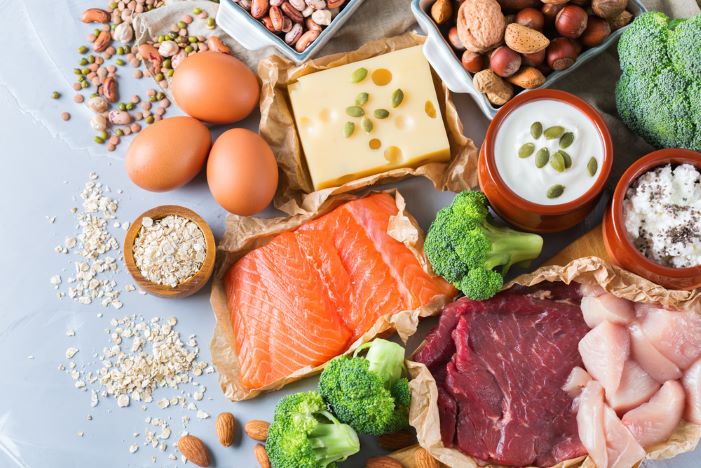
Whilst protein may not quite be the holy grail of nutrition (as many supplement companies will have you believe), it’s still super important.
As well as helping to grow and repair muscles and connective tissues, it’s also involved in numerous key chemical reactions that happen in the body. Protein also helps to keep you fuller for longer, which means you’re less likely to snack and overeat.
Around a ¼ to ⅓ of your plate should suffice, or if you want to pull out your calculator, 0.8-1.2 grams of protein per kilogram of body weight per day.
Some of the best protein sources include:
- Wild caught fish
- Tempeh
- Free Range Poultry
- Grass-fed and Wild Meats
3. Don’t Forget Those Healthy Fats
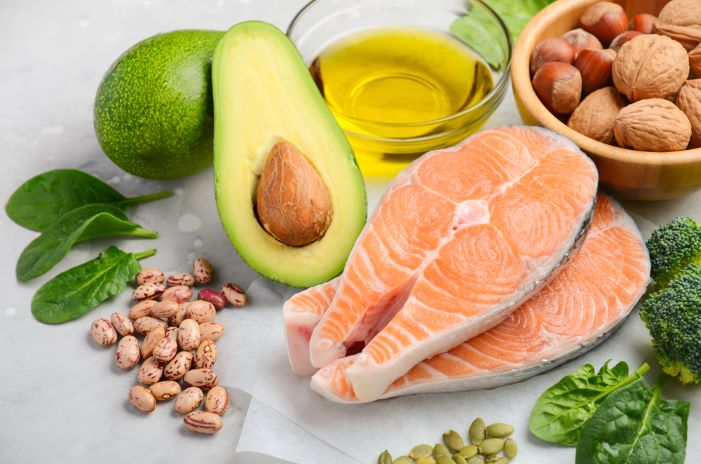
Fats support the body in numerous ways, including membrane development and vitamin absorption. It makes sense that on a low carb diet your fat intake would increase in order to make-up for some lost energy, but it’s important to be aware of the different types of fat before you go cracking out the lard…
Fats to Avoid
Anything that contains hydrogenated or trans fats (like margarine and pre-made desserts) is a no-go on my watch.
These fats were created in a lab by adding hydrogen to liquid fats to make them solid and extend the shelf life of processed foods. Research shows they cause inflammation, and can negatively impact heart health.
I also tend to stay away from foods rich in omega-6 fatty acids – sunflower oil, sesame oil, and peanuts. Whilst omega-6s are not always the enemy, when consumed in excess they can upset the balance of omega 3 to 6 in the body, potentially causing inflammation and disease.
Fats to Include
As a general rule of thumb, whole food sources of fats are great.
These include:
- Wild caught fish, chia and flax seeds – all rich in anti-inflammatory and heart-healthy omega-3 fatty acids.
- Nuts and seeds – rich in mono and polyunsaturated fats that can potentially benefit heart health.
Fats to Moderate
We’ve covered the fats to avoid and the ones to stock up on, but what about those in-between?
Let’s start with oils. Certain oils are high in omega-6 fatty acids, and consuming too much of those and not enough omega-3’s may increase inflammation. Oils that are high in omega-6’s include sunflower, corn, cottonseed, and soybean oils. These are commonly used in fast, processed, and restaurant foods because they are cheaper than other oils.
Your best bet may be to use them sparingly or choose a different type of oil- particularly if you’re prone to overeating. If I’m using oils in a salad, I shoot for olive, avocado or walnut – mixed with vinegar and herbs or spices to make a tasty dressing.
If cooking with oils, I’ll tend towards something that’s more stable at higher temperatures (the above have lower smoke points, meaning they can oxidize with heat and potentially increase inflammation). I opt for a good quality rapeseed oil or coconut oil instead.
This takes us onto the next point of contention – saturated fats.
Healthy or harmful?
Coconut oil is saturated fat rich, and so are fatty cuts of meat, and to some degree, fish. To make things more complicated, experts fall on both sides of the argument – some claiming that saturated fat is a leading cause of heart disease, others stating that it’s a health food. It’s enough to make your head spin…
Again, experimentation is your friend. You may personally feel better when you include saturated fat sources, or you might find that your body doesn’t handle them too well. The important thing is to do your own research and come to that sweet spot that works best for you.
A few resources that may help get you started:
Low Carb Meal Prep Recipes
Now we’ve covered the background info, let’s get stuck in with some delicious, nutritious, low carb dishes you can add to your meal prep arsenal.
Breakfast
Chia Seed Pudding
Avocado Green Smoothie
Smoked Salmon Egg Stuffed Avocados
Cauliflower Waffles
Breakfast Casserole with Smoke Salmon
Raspberry Lemonade Muffins
Lunch
Crab Cake Stuffed Mushrooms
Marinated Pesto Chicken Salad
Avocado Fries with Chipotle Ranch Sauce
Lemon Garlic Shrimp
Chicken Club Lettuce Wrap
Avocado Egg Salad
Dinner
Skillet Taco with Cauliflower Rice
Cheesy Bacon Butternut Squash
Chicken Teriyaki Casserole
Baked Fish with Lemon Butter
Thai Beef Satay
Vegan Alfredo
Snacks
Toffee Nut Cake Donuts
Lime Creamsicles
Smoked Beef Jerky
Pumpkin Walnut Brownies
Easy Chocolate Mousse
Baked Cucumber Chips
